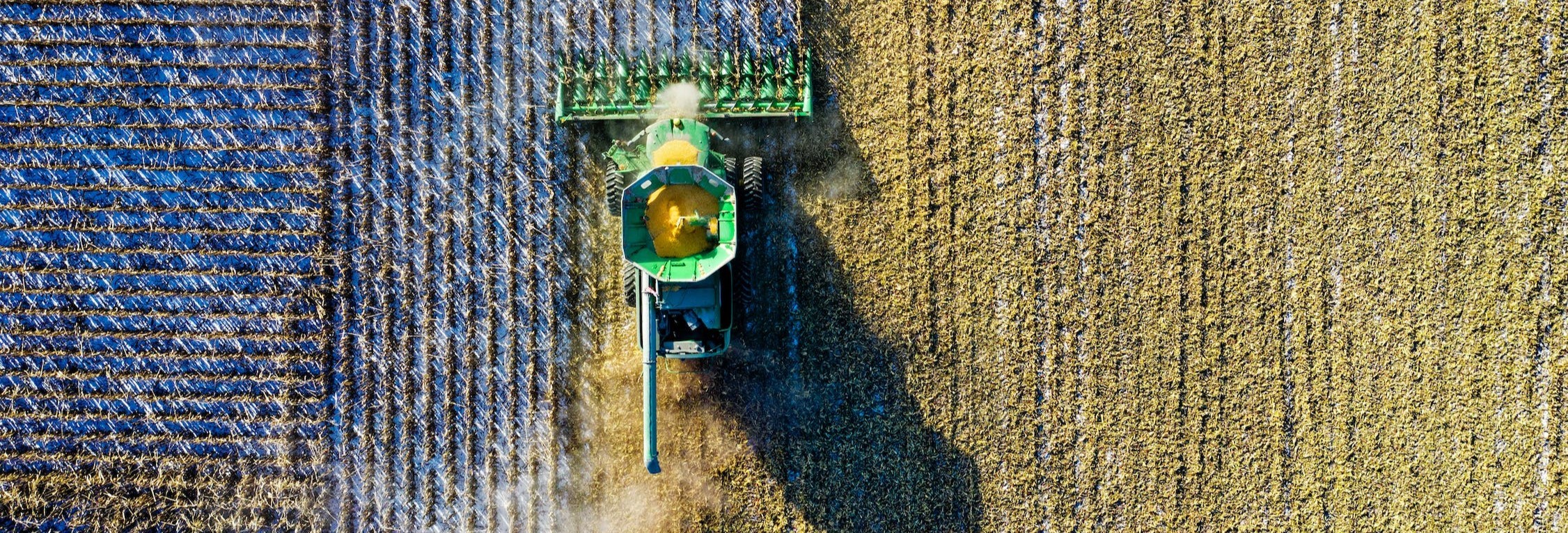Abstract
Storm event-based metrics, such as hysteresis (HI) and flushing (FI), are used to differentiate nitrate pathways and sources, which is essential for watershed management. Estimations of these event-based metrics typically use high frequency (15-minute – hourly) measurements, but daily data are also used due to their greater availability. To date, there has been no study assessing how using lower frequency samples affect the accuracy of HI and FI, which could skew interpretation of potential nutrient pathways and sources. We used continuous measurements of nitrate collected at 9 watersheds throughout the Midwest spanning 448 storms. HI and FI were estimated from resampled time series at different sampling frequencies (1, 2, 4, 8, 16, and 24 hours). Uncertainty was quantified using the Nash-Sutcliffe efficiency (NSE) and range of possible values for NSE were estimated through Monte Carlo simulations and bootstrapping. Daily sampling frequencies had mean HI NSE of -0.12 [-3.0 – 0.91] and a mean FI NSE of 0.004 [-4.1 – 0.83]. 16-hour sampling frequencies had mean HI NSE of 0.19 [-2.5 – 0.92] and a mean FI NSE of 0.37 [-2.1 – 0.90]. No apparent trend existed between watershed characteristics, such as contributing area and land-use, on HI and FI NSE. Correlations between HI and FI of hydroclimatic variables were similar when using daily or 15-minute values, suggesting that daily measurements can still be used to make inferences on watershed processes controlling nitrate transport. These results can be used to choose appropriate sampling frequencies to estimate HI and FI.
Start Date
7-3-2024 10:30 AM
Recommended Citation
Rudko, Noah; McMillian, Sara K. W.; Frankenberger, Jane; and Birgand, François, "Accuracy of Nitrate Hysteresis and Flushing for Agricultural Watersheds in the Midwest" (2024). Graduate Industrial Research Symposium. 9.
https://docs.lib.purdue.edu/girs/2024/posters/9
Included in
Data Science Commons, Environmental Engineering Commons, Environmental Monitoring Commons, Natural Resources and Conservation Commons, Water Resource Management Commons
Accuracy of Nitrate Hysteresis and Flushing for Agricultural Watersheds in the Midwest
Storm event-based metrics, such as hysteresis (HI) and flushing (FI), are used to differentiate nitrate pathways and sources, which is essential for watershed management. Estimations of these event-based metrics typically use high frequency (15-minute – hourly) measurements, but daily data are also used due to their greater availability. To date, there has been no study assessing how using lower frequency samples affect the accuracy of HI and FI, which could skew interpretation of potential nutrient pathways and sources. We used continuous measurements of nitrate collected at 9 watersheds throughout the Midwest spanning 448 storms. HI and FI were estimated from resampled time series at different sampling frequencies (1, 2, 4, 8, 16, and 24 hours). Uncertainty was quantified using the Nash-Sutcliffe efficiency (NSE) and range of possible values for NSE were estimated through Monte Carlo simulations and bootstrapping. Daily sampling frequencies had mean HI NSE of -0.12 [-3.0 – 0.91] and a mean FI NSE of 0.004 [-4.1 – 0.83]. 16-hour sampling frequencies had mean HI NSE of 0.19 [-2.5 – 0.92] and a mean FI NSE of 0.37 [-2.1 – 0.90]. No apparent trend existed between watershed characteristics, such as contributing area and land-use, on HI and FI NSE. Correlations between HI and FI of hydroclimatic variables were similar when using daily or 15-minute values, suggesting that daily measurements can still be used to make inferences on watershed processes controlling nitrate transport. These results can be used to choose appropriate sampling frequencies to estimate HI and FI.


